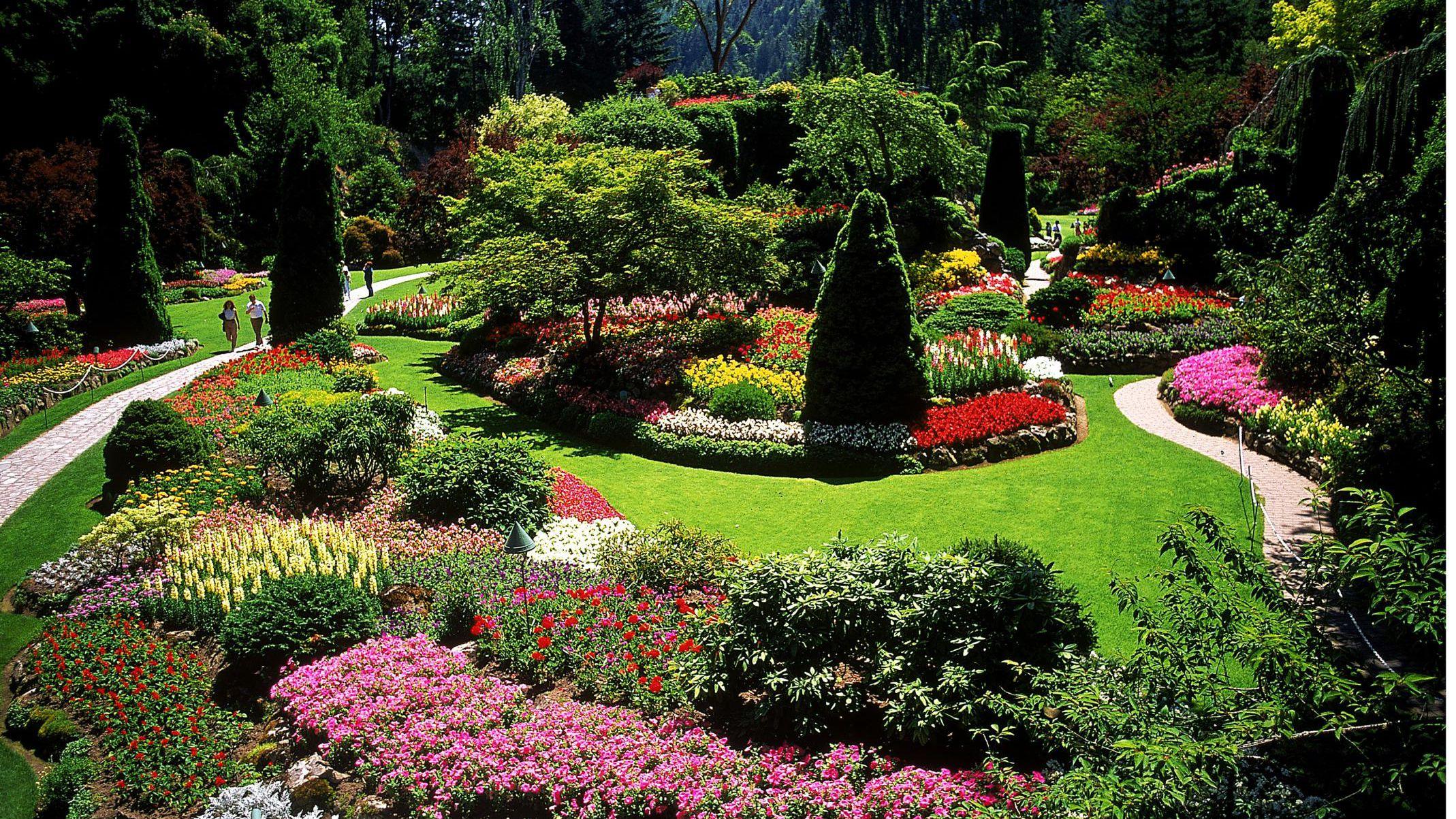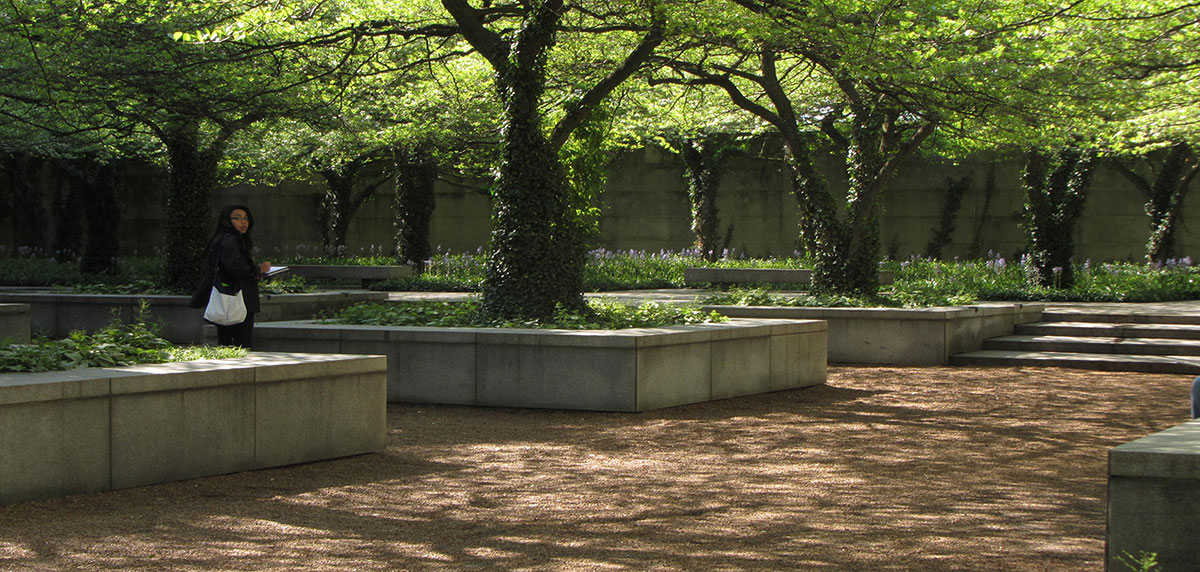Everything about Landscapers
Everything about Landscapers
Blog Article
The Buzz on Landscapers
Table of ContentsThe Greatest Guide To LandscapersThe Ultimate Guide To Landscapers10 Easy Facts About Landscapers DescribedThings about LandscapersThe smart Trick of Landscapers That Nobody is Talking AboutExamine This Report about Landscapers
- A yard function where water is represented by an aggregate stone item, normally a gravel or granite.- A rock or flagstone outdoor patio, course, or pathway built without a concrete base.- A stone preserving or cost-free standing wall surface developed without the use of mortar. - An underground structure that collect water and allows it to reduce percolate right into the dirt around it.
Landscape layout that works with a sites' setting in both appearance and sustainability without negative impacts to the environment. Edging in the landscape is a line of demarcation that creates visual passion in the garden by separating one segment from one more segment. This can be aesthetic or practical, keeping one component (such as pea gravel) from getting mixed into an additional (like bark dirt).
Areas can also have a feeling of "room" provided by trees, other growings, fences, or screens. The landscape near the access to a building. A tree, hedge or vine, trained to grow on a wall or fencing right into a particular pattern. Especially valuable for fruit trees, making it easy to harvest the fruit and including mess.
The Greatest Guide To Landscapers

The element in a landscape style or area in a landscape that is implied to be most famous. The centerpiece can be a plant, boulder, sculpture, collecting area, or various other landscape feature. A design of gardens or garden aspects that emphasize straight lines, best angles and circles. Bushes or bushes found in beds near the foundation of a home or other structure.

Landscapers Fundamentals Explained
Reduced plants that are enabled or motivated to spread out over an area. Can refer to any "tough" yard elements including statuary or boulders but a lot of commonly is utilized to refer to courses, outdoor patios, and walls - Landscapers.: Height distinction between the degree of water in a pond (or the level of the pump if it sits outside the pond) and the upper electrical outlet of water which affects performance of the water pump in gph (gallons per hour).
A chemical made use of to regulate weeds. Fence boards that run flat, usually made use of in modern-day or Japanese-inspired landscape layouts. Lines that define areas within a landscape principle. These typically extend from edges or essential features of an existing structure. Correct use fictional lines can help the landscape feel linked to the home and other aspects.
Traditional PNW landscapes are casual. A plant that spreads even more than preferred, or right into habitats where it does damages.
Getting The Landscapers To Work
Can include head placements and insurance coverage, pipe sizing, GPM specs, and products required to mount this system. Licensed professional that creates landscapes, coached in design and style as well as in gardening.
The expert that plans and develops landscape tasks, typically at a residential or tiny commercial level with the major design incentive on growings. Landscape designers normally have much less schooling than Landscape Architects and are not licensed. A finished landscape layout, outlining all components for read here the new landscape. This usually takes the kind of an illustration theoretically.
Making use of several plantings of the same range to fill in a location in the landscape. This can lower upkeep and water usage in the yard.
A mix of cement, sand, and water that is used in stone masonry for establishing rocks and joints. A layer of garden compost or bark dirt applied at the base of a plant. A mass growing of moss. A plant that existed in a geographic place before people began altering the landscape.
10 Simple Techniques For Landscapers
Exactly how the garden or a yard component is organized in connection to an existing or brand-new feature or to a direction. Maintaining a grass without making use of chemical herbicides, pesticides, or fertilizers. Lawns that are not cut yet grown in landscapes as perennials. This is a partially open sided leisure or recreation location that joins a residence, utilized for entertaining, outside eating and simply delighting in the exterior atmosphere.

Little round gravel. Plants that offer seasonal passion and after that pass away back in the winter season. Annuals do not come back the complying with period, yet perennials do. Cold period turf that is the most usual turf yard in Rose city, OR and the rest of the PNW.An open roofed framework over a patio or other landscape attribute.
The most typical landscape crushed rock in the PNW. Location of the landscape made official site to manage rainfall water up until it can saturate into the ground.
Structure made of wood, concrete, leading rocks, blocks or various other materials for supporting inclines and protecting against excessive disintegration. Narrow watercourse. Creating a garden function consisting read this post here mainly of stones with growings that match and can prosper in the rocky setting. Sprinkler head style that revolves a stream of water across an area.
The Best Guide To Landscapers

Report this page